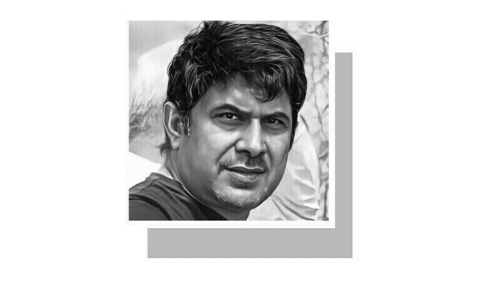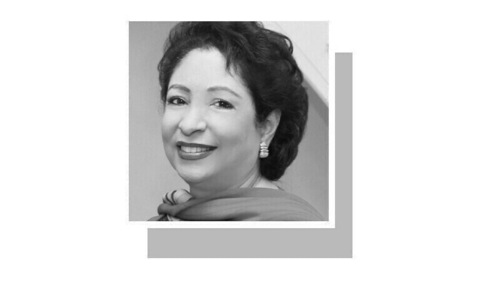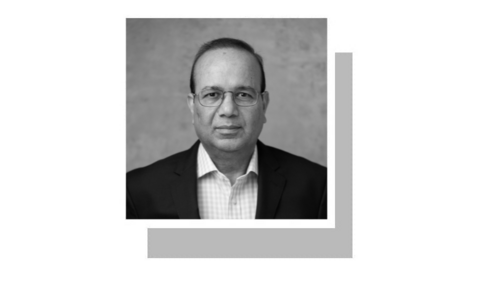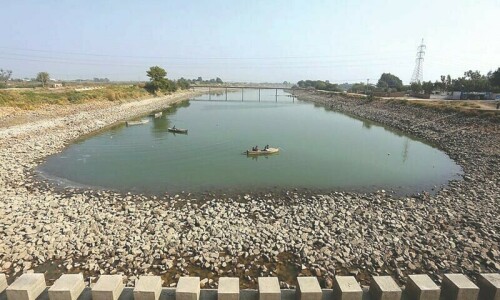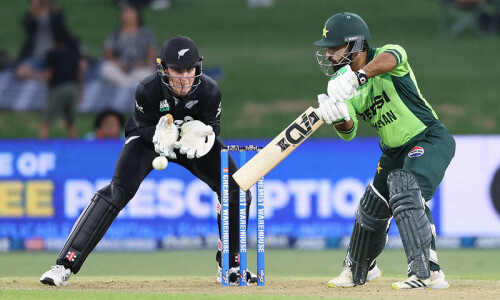Permanent UNSC members urged to help secure peace in region
ISLAMABAD: Pakistan on Friday urged permanent members of the United Nations Security Council (UNSC) to help secure peace in the region.
“The permanent members of the UN Security Council need to play their role to ensure maintenance of peace and security in the region,” Foreign Secretary Aizaz Chaudhry said while briefing the envoys of China, France, Russian Federation, the United Kingdom and the United States of America — the P-5 countries — on what was described as a frivolous Indian claim of carrying out surgical strikes in Azad Kashmir.
Mr Chaudhry was accompanied by Director General of Military Operations (DGMO) Maj Gen Sahir Shamshad Mirza, who narrated the events that began on Wednesday midnight and continued till Thursday morning.
In his briefing, the foreign secretary drew the attention of the P-5 countries to India’s heightened belligerence, especially during the past few days.
Speaking about Indian role in espionage and sponsoring of terrorism in Pakistan, Mr Chaudhry reminded the envoys that Pakistan was a major victim of terrorism, including state terrorism.
Gen Mirza, meanwhile, dismissed the Indian claim of carrying out “surgical strikes” in Azad Kashmir.
“In reality, on the night of 28-29 September, the Indian occupation forces resorted to unprovoked firing along the LoC at multiple points, which led to the martyrdom of two Pakistani soldiers,” he told the envoys, adding that Pakistani troops then retaliated in kind.
Gen Mirza used the occasion to challenge the Indian claims of frequent infiltrations across the LoC by militants and said this was not possible because of the anti-infiltration mechanisms put in place by India, which included layers of fencing, barbed wires, lighting, border posts and bunkers.
India is said to have developed a three-tier security arrangement along the LoC and Working Boundary for countering infiltration.
The first tier is close to the LoC and is supported by the Long Range Reconnaissance and Observation System (LORROS), Battle Field Surveillance Radar (BFSR), Hand-Held Thermal Image (HHTI), night vision devices, spotter scopes, high resolution binoculars, digital cameras and electronic exchange.
The second tier has two layers of fencing, one of which is 12 feet high and the other 10 feet high. The two fences are six feet apart and between the two fences are 4-6 feet of barbed wires. This is reinforced by surveillance devices and patrolling by troops.
The third tier is on the ridge line. This counter-infiltration arrangement, Pakistani officials contend, is watertight.
Published in Dawn, October 1st, 2016




































